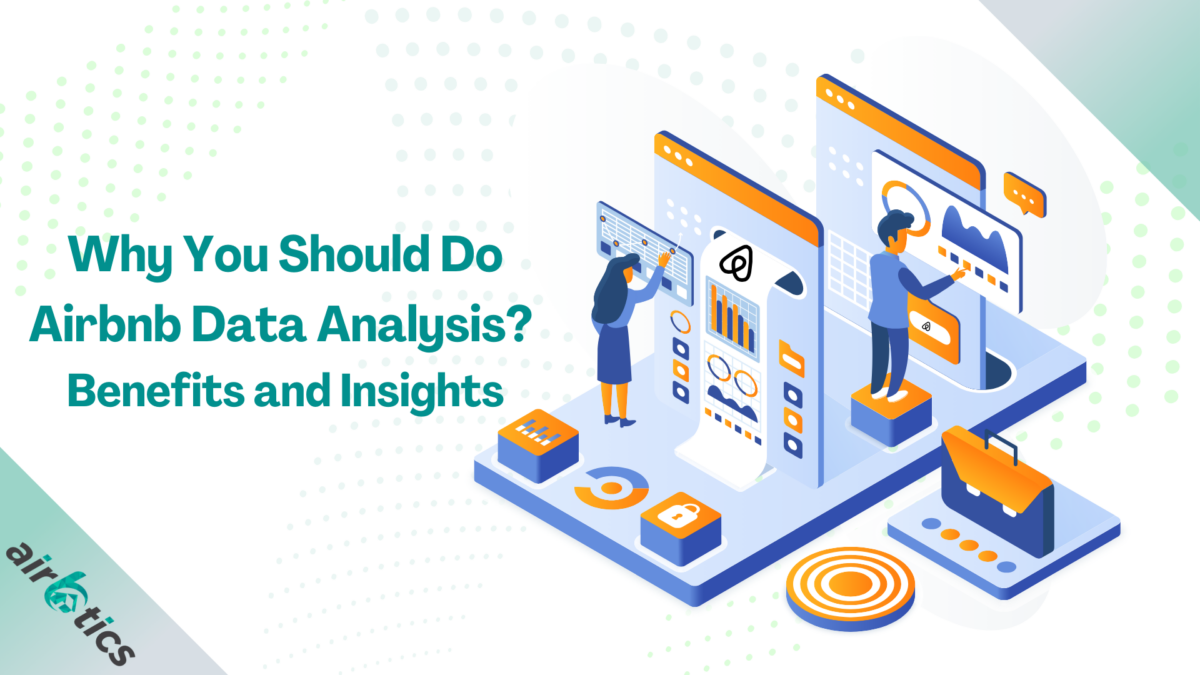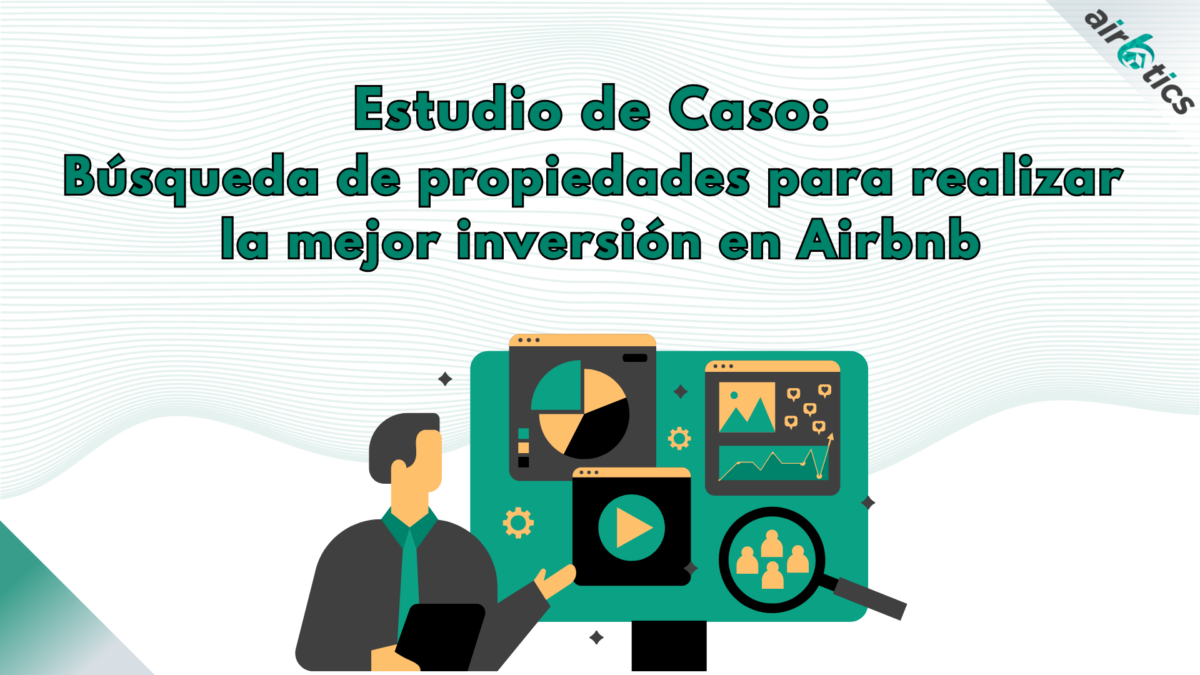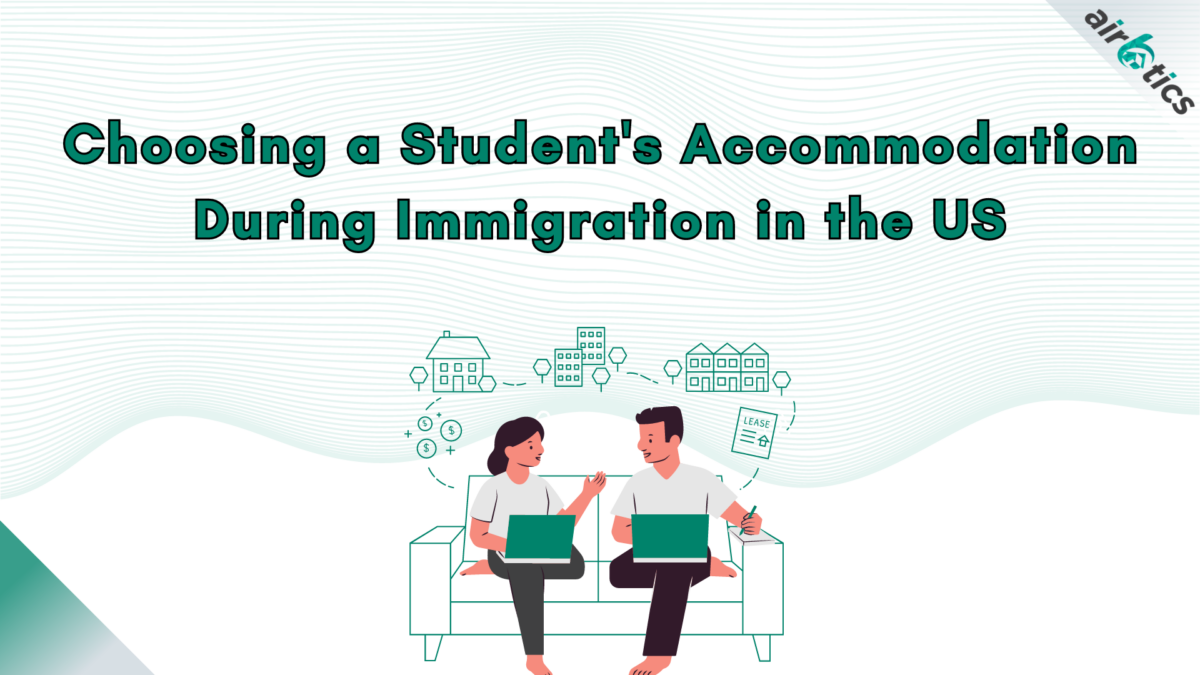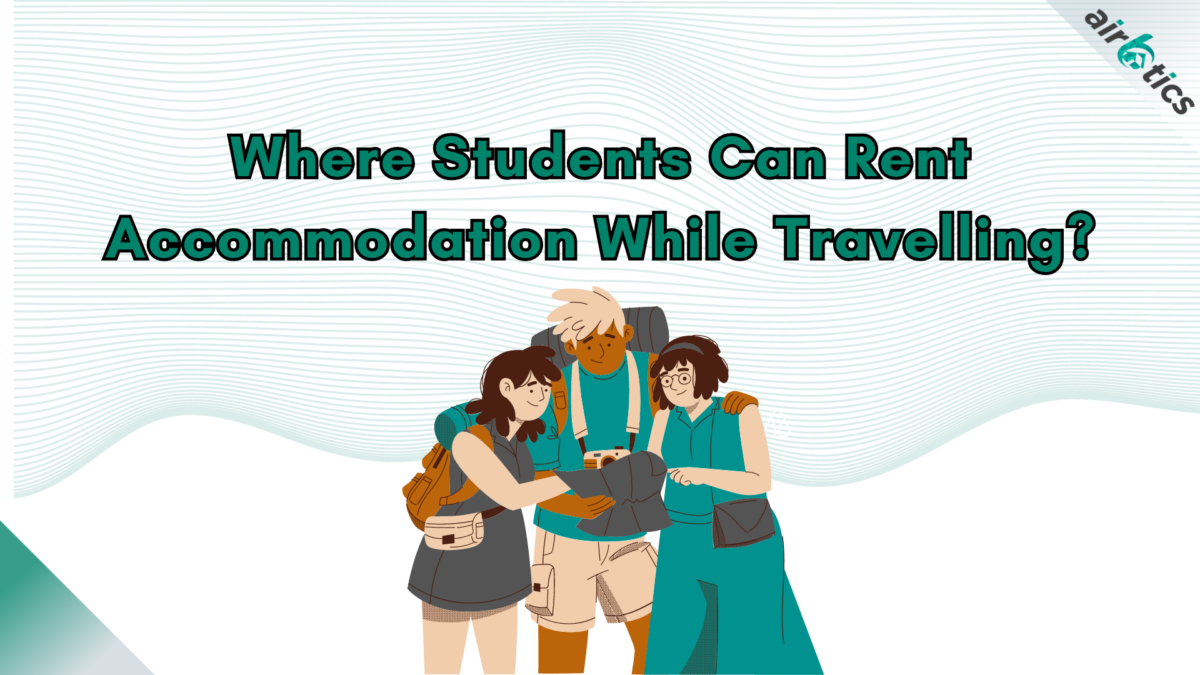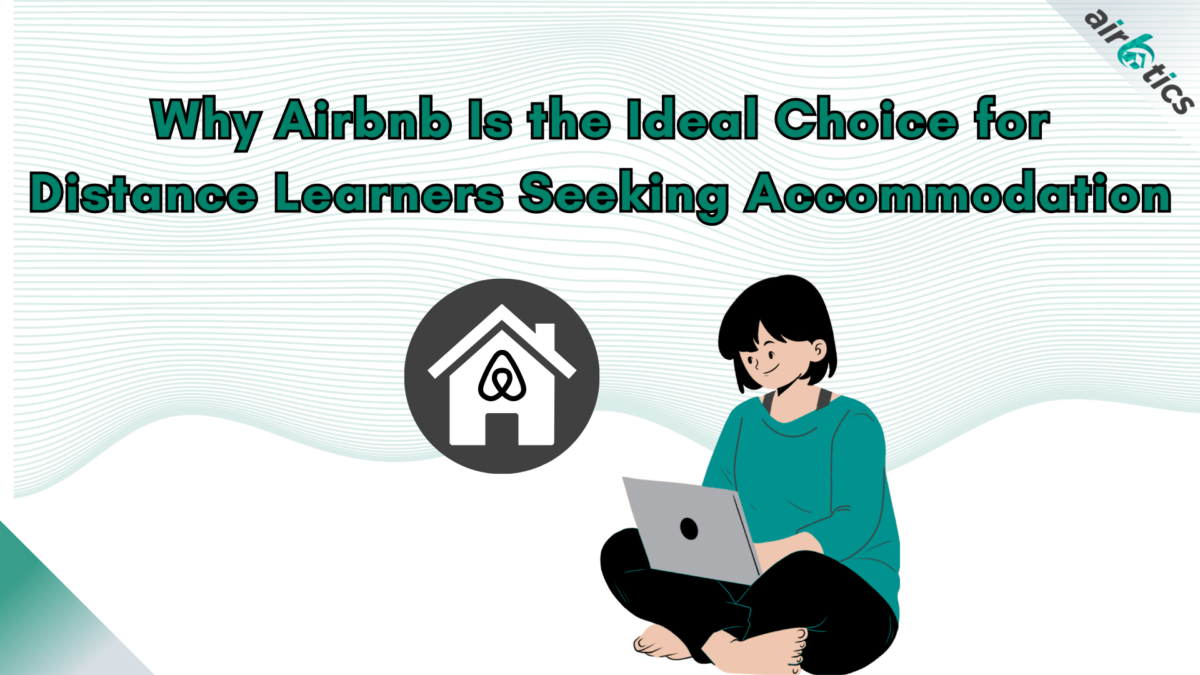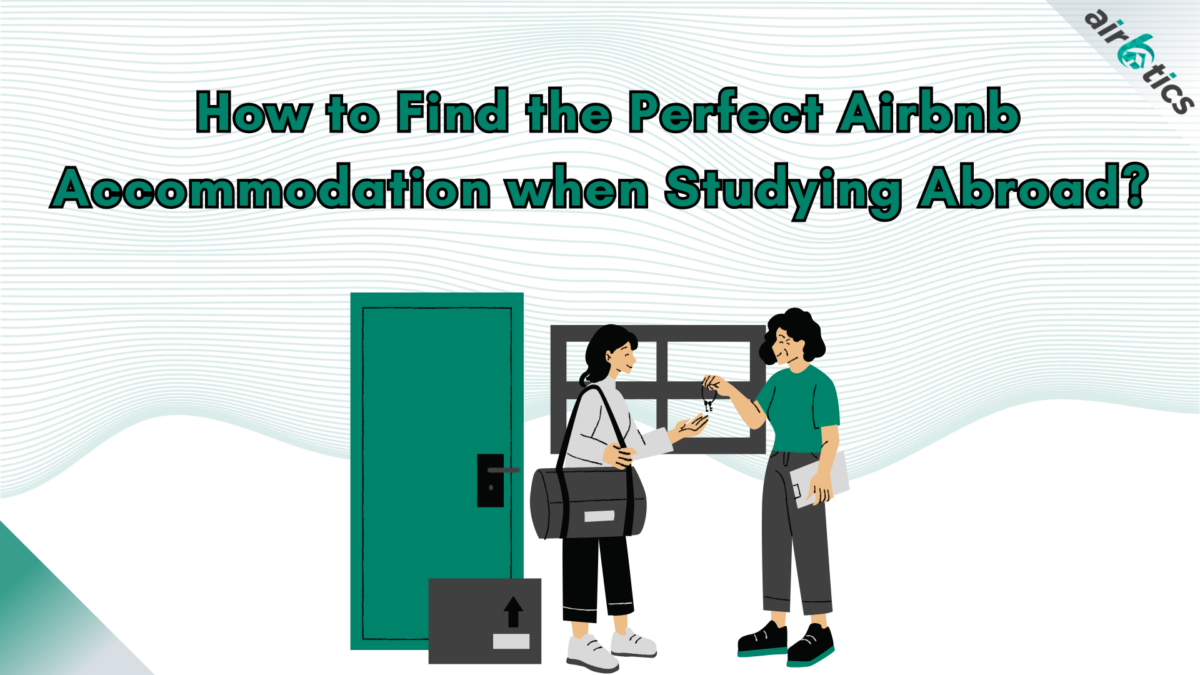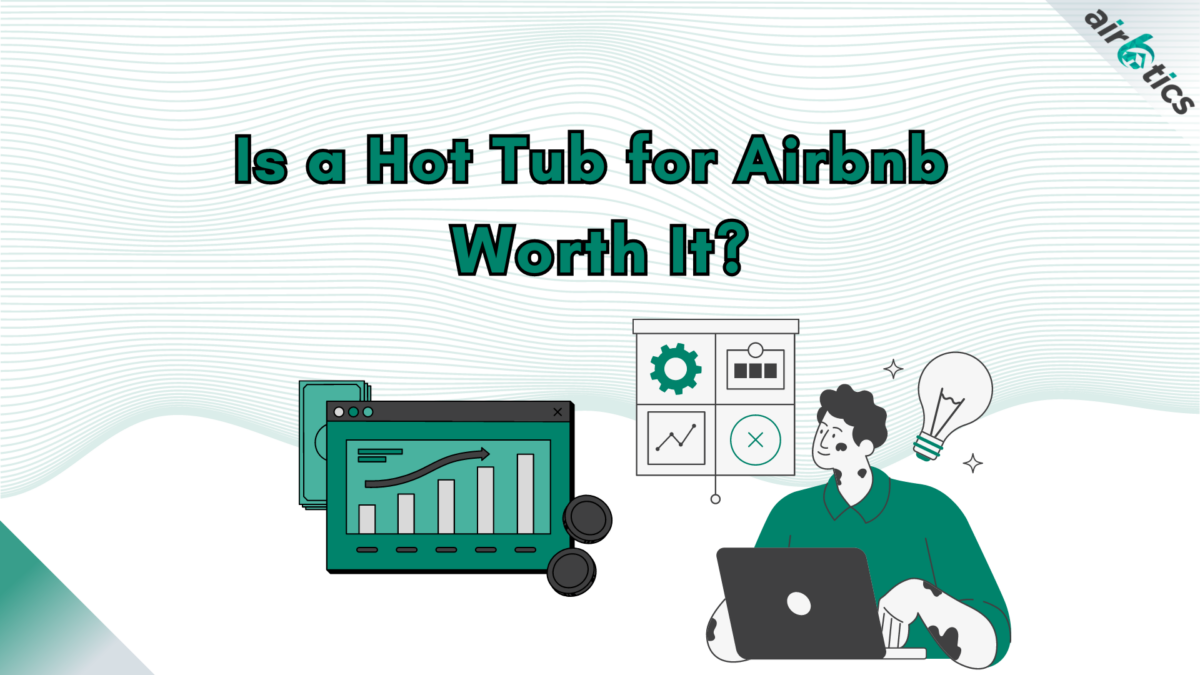Why You Should Do Airbnb Data Analysis? Benefits and Insights: Maximize Your Airbnb Success with Airbnb Data Analysis: Insights, Pricing Optimization, and More with Airbtics! Home > Resources > Case Studies > Why You Should Do Airbnb Data Analysis? Benefits and Insights Case Studies Why You Should Do Airbnb Data Analysis? Benefits and Insights Maximize Your […]
